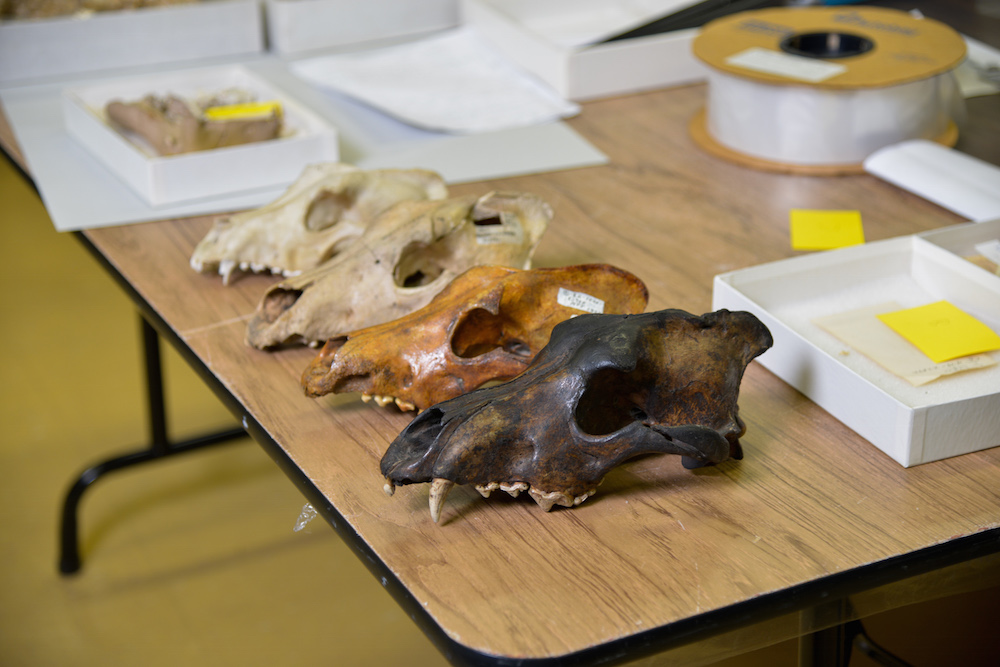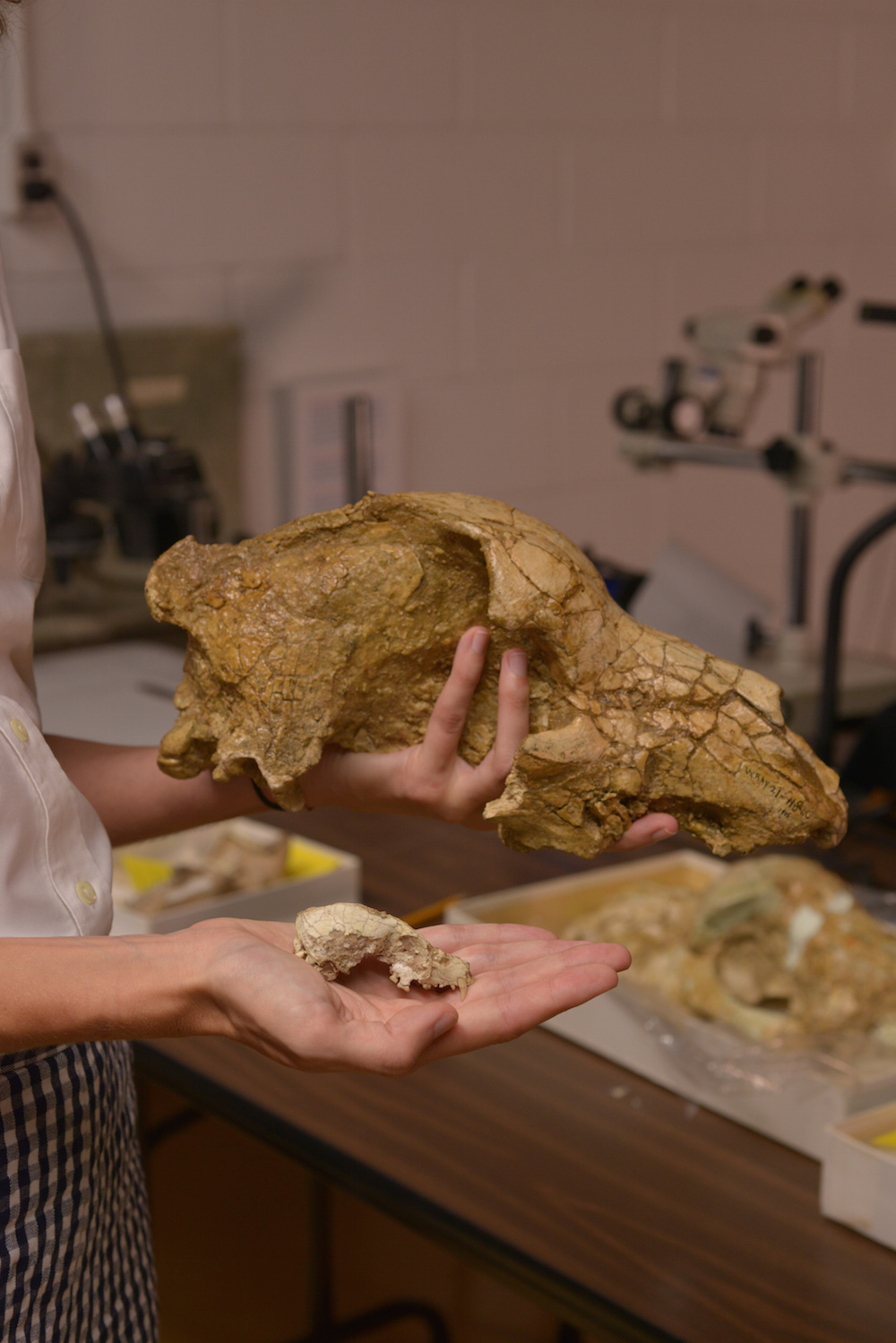
Great Dane to Chihuahua: How Do We Know Dogs Are the Same Species?

If aliens visited Earth tomorrow, would they realize that dogs — from the spotted dalmatian, to the giant Great Dane, to the tiny Chihuahua — are all the same species?
Forget aliens, said Jack Tseng, a paleontologist at the American Museum of Natural History in New York. If we hadn't actually bred dogs ourselves, even humans would have a hard time determining that a Cavalier King Charles spaniel and a wolfhound are related, he said.
"If you were a biologist who comes from a society that never had any dogs associated with humans and you looked at these dogs, you would immediately think that these were different species," Tseng told Live Science. [10 Things You Didn't Know About Dogs]
Typically, researchers rely on anatomy and genetics to determine whether animals belong to the same species. But because of their varied shapes and sizes, anatomy is relatively useless when comparing different breeds of dogs, he said. Even dogs' teeth, though similar in structure, come in so many sizes that it would be difficult to determine that they're from the same species, Tseng said.

"It's a good example of how much you can tweak the same genetic blueprint and have animals that look so different still be the same species," he said.
Instead, genetic analyses tell us that all dogs are the same species, Tseng said.
But, by those standards, dogs and gray wolves (Canis lupus) are also the same species, as the two share most of the same genes. There's still debate about whether to call dogs Canis lupus familiaris, suggesting that they are a subspecies of the wolf, or Canis familiaris, a distinct species from the wolf, Tseng said.
Sign up for the Live Science daily newsletter now
Get the world’s most fascinating discoveries delivered straight to your inbox.
Despite their similar genes, the two do have some different gene variants, known as alleles. For instance, a variant of the gene IGF1 is associated with body size. One IGF1 variant is linked to small body size in dogs, but it's not found in wolf populations, according to a 2010 study published in the journal BMC Biology.

Another clue that all types of dogs are the same species is that they can reproduce with one another. Technically, different dog breeds can have puppies together, although Tseng said he is "not aware of actual examples where people have tried to cross dog breeds that are dramatically different in size — imagine [a] Great Dane and [a] Chihuahua."
However, domestic dogs can also breed successfully with wolves — a fact that supports the idea of classifying dogs in the same species as wolves, Tseng said.
Still, wolves and dogs have subtle differences in their anatomy. Dogs have more prominent, raised foreheads than wolves do, he said. Domestic dogs also tend to have shorter faces and more crowded teeth as a result of that, he said.
"They have the same number of teeth as wolves, but there's less space to put the teeth in," Tseng said. "The teeth sometimes reduce in size, but also sometimes get rotated a little bit so they can fit more of them in the mouth."
Despite these minor differences, genetic data — especially mitochondrial DNA, which gets passed down through the maternal line — suggest that all dogs are the same species, and that wolves likely are, too. But from a societal standpoint, wolves and dogs are extremely different.
"Based on what we know about them as scientists and pet owners, [dogs] have definitely become something different from just wolves," Tseng said.
Follow Laura Geggel on Twitter @LauraGeggel. Follow Live Science @livescience, Facebook & Google+. Original article on Live Science.

Laura is the archaeology and Life's Little Mysteries editor at Live Science. She also reports on general science, including paleontology. Her work has appeared in The New York Times, Scholastic, Popular Science and Spectrum, a site on autism research. She has won multiple awards from the Society of Professional Journalists and the Washington Newspaper Publishers Association for her reporting at a weekly newspaper near Seattle. Laura holds a bachelor's degree in English literature and psychology from Washington University in St. Louis and a master's degree in science writing from NYU.










